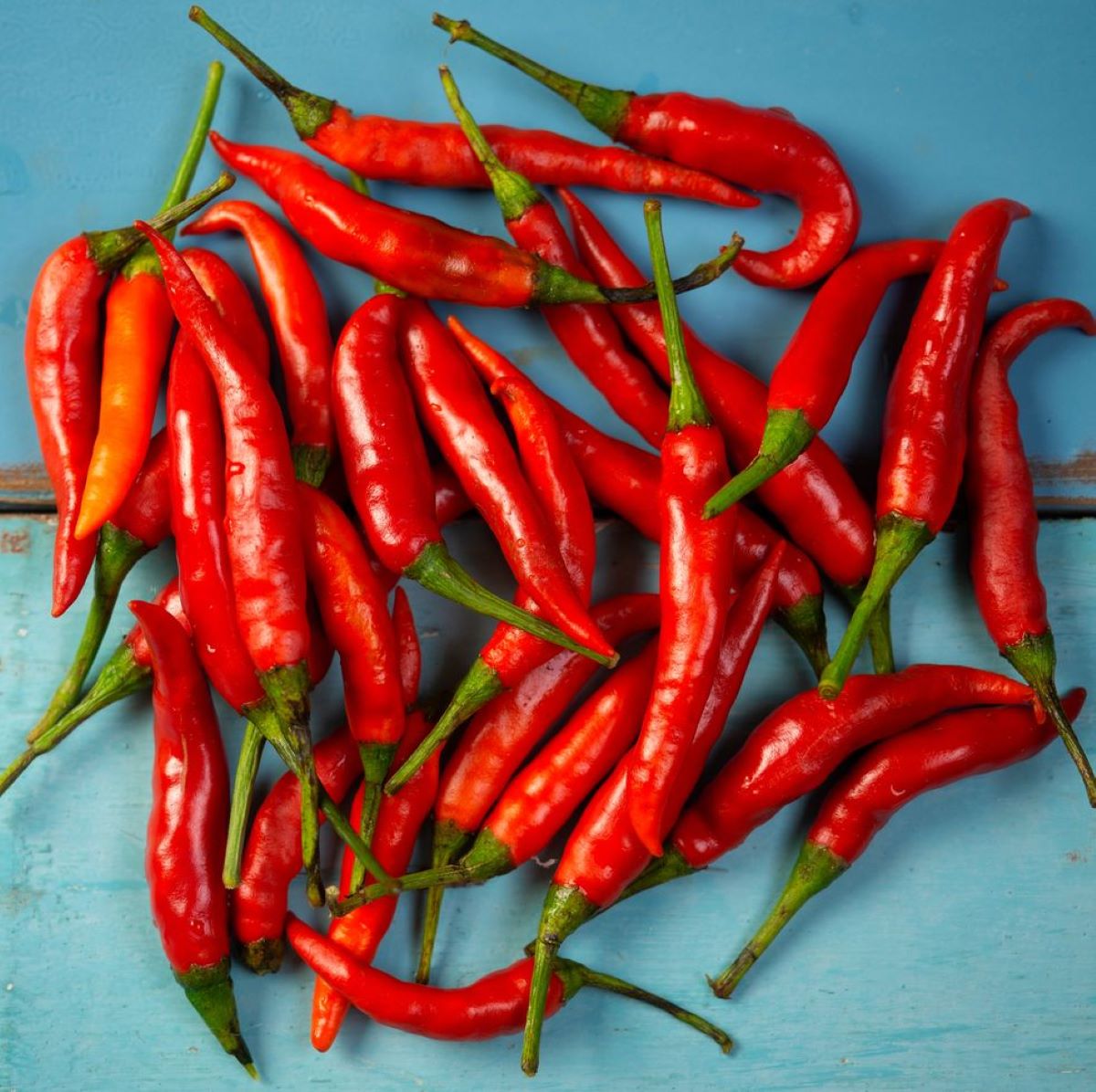

Articles
How To Store Hot Peppers
Modified: December 7, 2023
Learn how to store hot peppers in this informative article. Find tips and tricks for preserving and extending the shelf life of your favorite spicy peppers.
(Many of the links in this article redirect to a specific reviewed product. Your purchase of these products through affiliate links helps to generate commission for Storables.com, at no extra cost. Learn more)
Introduction
Hot peppers are a beloved ingredient in many cuisines around the world. Whether you enjoy the fiery kick of habaneros or the smoky depth of jalapeños, having a stash of hot peppers on hand can elevate your dishes to new levels of flavor. However, as with any perishable food, proper storage is crucial to maintain their freshness and quality over time.
In this article, we will explore various methods of storing hot peppers to ensure their longevity. From choosing the right containers to preserving them through drying, freezing, pickling, and canning, we will cover everything you need to know to keep your hot peppers at their best. We will also discuss storing hot pepper powder, as well as provide some valuable tips for long-term storage. So let’s dive into the world of hot pepper storage and discover how to enjoy the heat all year round!
Key Takeaways:
- Preserve the Heat: From drying and freezing to pickling and canning, various methods ensure hot peppers stay fiery and flavorful for year-round culinary adventures.
- Storage Savvy: Choosing the right containers, following proper techniques, and considering long-term preservation options are essential for maintaining the quality of hot peppers.
Read more: How To Make Hot Pepper Bird Seed
Storage Requirements
Before we delve into the different storage methods, it’s essential to understand the basic requirements for storing hot peppers. These guidelines will help ensure that your peppers remain fresh and flavorful for as long as possible.
The first consideration is temperature. Hot peppers thrive in warm climates, but when it comes to storage, they prefer a cooler environment. Ideally, the temperature should be around 45°F to 55°F (7°C to 13°C). It’s important to avoid extreme temperatures, as hot peppers can spoil quickly when exposed to heat.
Apart from temperature, humidity levels are also important. Hot peppers prefer a humid environment, but excessive moisture can cause them to mold or rot. Aim for a humidity level of around 80%, and make sure the peppers are not stored in a damp area or in direct contact with water.
Air circulation is another critical factor to consider. Hot peppers need proper ventilation to prevent the buildup of moisture, which can lead to spoilage. Ensure that the storage area is well-ventilated to maintain air circulation around the peppers.
Lastly, it’s crucial to protect your hot peppers from direct sunlight. Exposure to sunlight can accelerate the ripening process and cause the peppers to spoil faster. Store them in a dark, cool area like a pantry or cellar to extend their shelf life.
Now that we have a good understanding of the storage requirements, let’s move on to exploring the various methods of storing hot peppers.
Choosing the Right Container
When it comes to storing hot peppers, choosing the right container is key to maintaining their quality and freshness. Here are some options to consider:
- Plastic Bags: Plastic bags are a convenient and affordable option for short-term storage. Place the peppers in a resealable plastic bag, removing as much air as possible before sealing. This method works well for a few days, but for longer storage, consider other options to prevent condensation buildup.
- Glass Jars: Glass jars are an excellent choice for storing hot peppers long term. Use jars with airtight lids to maintain freshness and prevent moisture from entering. Sterilize the jars before use by boiling them in water for a few minutes, then let them dry completely before adding the peppers.
- Freezer Bags: If you plan to freeze your hot peppers, freezer bags are a great option. Choose high-quality freezer bags that provide a good seal. Removing excess air from the bags before sealing will help prevent freezer burn. Label the bags with the date to keep track of the storage time.
- Food Storage Containers: Food storage containers with tight-fitting lids are another suitable option for hot pepper storage. Look for containers made of food-grade plastic or glass. These containers are reusable, durable, and provide protection against moisture and air exposure.
Regardless of the container you choose, always make sure it is clean and dry before adding the hot peppers. Any moisture or residue can promote spoilage and mold growth, compromising the peppers’ quality.
Remember to label your containers with the date of storage to keep track of their freshness. Properly storing your hot peppers in the right container will help prolong their shelf life and preserve their flavor.
Drying Hot Peppers
Drying hot peppers is a popular method of preserving them for long-term storage. The process removes the moisture from the peppers, allowing them to retain their flavor and heat. Here are a few techniques for drying hot peppers:
- Air drying: Air drying is the simplest and most traditional method of drying hot peppers. To do this, string the peppers together using a needle and thread, leaving space between each pepper. Hang the string in a well-ventilated area away from direct sunlight. It can take several weeks for the peppers to fully dry, so patience is key. Once dried, store them in an airtight container.
- Oven drying: If you want to speed up the drying process, you can use an oven. Preheat your oven to its lowest temperature setting. Place the hot peppers on a baking sheet lined with parchment paper or a wire rack. Keep the oven door slightly ajar to allow moisture to escape. Check the peppers regularly and remove them once they are fully dried and crispy.
- Dehydrator: A food dehydrator is a convenient and efficient option for drying hot peppers. Follow the manufacturer’s instructions for temperature and timing. Spread the peppers evenly on the dehydrator trays and let them dry until they are brittle and leathery. Once dried, let them cool and store them in an airtight container.
When drying hot peppers, make sure they are clean and free from any blemishes or signs of spoilage. It’s essential to wear gloves when handling hot peppers, as the oils can cause skin irritation or burns. Avoid touching your face or eyes while working with the peppers to prevent any discomfort.
Dried hot peppers can be used whole, crushed, or ground into powder. They add a concentrated burst of heat to various dishes, including soups, stews, sauces, and marinades.
By drying hot peppers, you not only extend their shelf life but also create a versatile ingredient that can be used to add fiery flavor to your favorite recipes.
Freezing Hot Peppers
Freezing hot peppers is a convenient method for preserving their vibrant flavors and fiery heat. The freezing process helps to maintain the peppers’ texture and taste, allowing you to enjoy them in various dishes throughout the year. Here’s how you can freeze hot peppers:
- Whole Peppers: If you have whole hot peppers, begin by washing and drying them thoroughly. Place the peppers in a single layer on a baking sheet and place it in the freezer. Once the peppers are frozen solid, transfer them to airtight freezer bags or containers. Label the bags with the date and store them in the freezer. Freezing the peppers individually allows you to easily grab the desired quantity when needed.
- Sliced or Diced Peppers: If you prefer to slice or dice the hot peppers before freezing, start by cleaning and cutting them into your desired size. Spread the sliced or diced peppers in a single layer on a baking sheet and freeze until solid. Transfer the frozen peppers to freezer bags or containers, removing as much air as possible. Again, remember to label and date the packages before placing them in the freezer.
- Blanched Peppers: Blanching hot peppers before freezing can help preserve their color and texture. Start by washing and cutting the peppers into desired sizes. Bring a pot of water to a boil and blanch the peppers for 2-3 minutes. Immediately transfer them to an ice bath to stop the cooking process. Drain the peppers and pat them dry. Place them in freezer bags or containers, removing excess air, and label them before freezing.
When using frozen hot peppers, there is no need to thaw them before cooking. You can add them directly to your recipes, whether it’s a spicy stir-fry, chili, or salsa. However, keep in mind that freezing can change the texture of the peppers, making them a bit softer. Therefore, frozen hot peppers are best suited for cooked dishes rather than raw applications.
Properly stored, frozen hot peppers can retain their quality for up to one year. By freezing hot peppers, you ensure that you always have a stash of fiery delights available whenever your recipes call for a spicy kick.
Store hot peppers in a paper bag in the refrigerator to help them stay fresh longer. The paper bag will absorb excess moisture and prevent the peppers from spoiling too quickly.
Read more: How To Store Pepper Spray
Pickling Hot Peppers
Pickling hot peppers is a delightful way to preserve their unique flavors while infusing them with tangy and savory notes. The pickling process not only prolongs the shelf life of the peppers but also enhances their taste and texture. Here’s how you can pickle hot peppers:
- Selecting Peppers: Choose fresh and firm hot peppers for pickling. Varieties like jalapeños, serranos, or banana peppers work well. Ensure the peppers are free from any blemishes or signs of spoilage.
- Preparation: Wash the peppers thoroughly and remove the stems. You can choose to leave the peppers whole or slice them into rings or strips, depending on your preference. If you prefer milder heat, consider removing the seeds and membranes.
- Brine Solution: Prepare a brine solution by combining equal parts of water and vinegar in a saucepan. Add salt, sugar, and any desired spices or aromatics like garlic, dill, or peppercorns. Bring the mixture to a boil, stirring until the salt and sugar dissolve.
- Pickling Process: Pack the prepared peppers tightly into clean, sterilized jars. Pour the hot brine solution over the peppers, leaving a small headspace at the top. Use a knife or skewer to remove any air bubbles, then seal the jars with sterilized lids.
- Cooling and Storage: Allow the pickled peppers to cool at room temperature before transferring them to the refrigerator. The flavors will continue to develop over time, so it’s best to let them pickle for at least a week before enjoying. Stored in the refrigerator, pickled hot peppers can last for several months.
Pickled hot peppers add a zesty and tangy component to a variety of dishes. They can be used to top sandwiches, tacos, burgers, or as a flavorful addition to salads and appetizers. The pickling process not only tempers the heat of the peppers but also infuses them with delectable flavors that complement a range of culinary creations.
Experiment with different pickling spices and vinegar varieties to create your own unique combinations. With pickled hot peppers on hand, you can elevate your meals with a burst of vibrant and tangy flavors anytime you desire.
Canning Hot Peppers
Canning hot peppers is a fantastic way to preserve their heat and flavor for an extended period. The canning process creates a sealed, shelf-stable environment that keeps the peppers safe from spoilage. Here’s a step-by-step guide on how to can hot peppers:
- Selecting Peppers: Choose fresh, firm, and blemish-free hot peppers for canning. Varieties like jalapeños, cayenne, or chili peppers are popular choices. Ensure the peppers are ripe but still vibrant in color.
- Preparing the Peppers: Start by washing the peppers thoroughly and removing the stems. You can choose to leave the peppers whole or slice them into rings or strips, based on your preference. Remember to wear gloves when handling hot peppers to protect your skin from irritation.
- Prepping the Jars: Wash the canning jars, lids, and bands in hot, soapy water, then rinse them well. Sterilize the jars by placing them in boiling water for 10 minutes. Keep the jars warm until ready for use.
- Preparing the Brine: In a large saucepan, combine equal parts of water and vinegar. Add salt and any desired spices or aromatics, such as garlic cloves or bay leaves. Bring the brine to a boil, then reduce the heat and let it simmer for a few minutes to infuse the flavors.
- Canning Process: Remove the sterilized jars from the hot water and pack the prepared peppers tightly into them. Leave a ½ inch headspace at the top. Pour the hot brine over the peppers, ensuring they are fully covered. Remove any air bubbles by running a sterilized utensil along the sides of the jar. Wipe the jar rims to remove any brine residue, then place the sterilized lids and bands on top.
- Processing the Jars: Place the filled jars in a canner or large pot, making sure they are covered with at least one inch of water. Bring the water to a gentle boil and process the jars for the specified time according to the recipe or guidelines for hot peppers (usually around 10-15 minutes). Remove the jars from the water and let them cool on a towel-lined countertop.
- Sealing and Storage: After the jars have cooled, check the seals by pressing down on the lids. If the lids do not flex, they are properly sealed. Label the jars with the contents and date and store them in a cool, dark area. Canned hot peppers can last for up to a year.
Canned hot peppers make a versatile pantry staple that can be used in a variety of dishes, from salsas and sauces to stews and chili. They add a fiery kick and depth of flavor to your culinary creations, even long after the growing season has ended.
Follow proper canning techniques and guidelines to maintain the safety and quality of your canned hot peppers. With a well-stocked supply of home-canned peppers, you can savor the intense heat and distinctive taste all year round.
Storing Hot Pepper Powder
Hot pepper powder, also known as chili powder or cayenne pepper, is a versatile ingredient that adds a punch of heat to countless dishes. Whether you purchase it or make your own by grinding dried hot peppers, proper storage is essential to maintain its potency and flavor. Here’s how to store hot pepper powder:
- Choosing the Right Container: Opt for airtight containers made of glass or food-grade plastic. These containers will help protect the pepper powder from moisture, air, and light, which can cause it to lose its heat and flavor over time. Avoid using containers that are not airtight or are prone to leaching chemicals.
- Clean and Dry: Ensure that the container is clean and dry before transferring the hot pepper powder. Any moisture or residue can cause the powder to clump and deteriorate. It’s essential to handle the powder with dry hands and avoid touching it with wet utensils.
- Label and Date: Label the container with the name of the hot pepper powder and the date it was stored. This way, you can keep track of its freshness and potency. Hot pepper powder can lose its heat gradually over time, so it’s helpful to know when it was stored for optimal flavor.
- Store in a Cool, Dark Place: Find a cool and dark spot in your pantry or kitchen cabinet to store the hot pepper powder. Heat and light can degrade the intensity and quality of the powder. Aim for a temperature between 45°F and 55°F (7°C and 13°C) to maintain its potency and flavor.
- Avoid Excessive Exposure: Try to minimize exposure to air by keeping the container tightly sealed when not in use. Opening and closing the container frequently can introduce moisture and oxygen, compromising the longevity and spiciness of the pepper powder. Use a small spoon or spice scoop to measure out the desired amount without directly handling the powder.
When stored correctly, hot pepper powder can maintain its potency and flavor for up to a year or longer. However, over time, the heat of the powder may gradually decrease, so it’s best to use it within the recommended timeframe for maximum impact.
Hot pepper powder is a fantastic addition to spice up marinades, rubs, sauces, and many other recipes. By storing it properly, you can ensure that you always have a vibrant and fiery seasoning at your disposal.
Tips for Long-term Storage
To ensure the long-term storage and preservation of hot peppers, here are some helpful tips that can help maintain their quality and flavor:
- Properly handle and store: Always handle hot peppers with clean hands and avoid touching your face or eyes. Store them in airtight containers to prevent moisture, air, and light exposure, as these can degrade their taste and potency over time.
- Remove stems and blemishes: Before storing hot peppers, make sure to remove any stems or blemishes. This helps prevent the growth of mold or rot, ensuring that the peppers stay fresh and safe for consumption.
- Practice rotation: If you have a substantial harvest or purchase a large quantity of hot peppers, practice proper rotation by using the oldest peppers first. This way, you avoid the risk of spoilage or wasting any peppers that have been stored for too long.
- Keep an eye on spoilage signs: Regularly inspect your stored peppers for signs of spoilage, such as mold, mushiness, or foul odors. If you notice any of these signs, discard the affected peppers immediately to prevent them from contaminating the rest of the batch.
- Consider preservation techniques: Instead of storing hot peppers in their fresh form, consider preserving them through methods like drying, freezing, pickling, or canning. These techniques not only extend the shelf life of the peppers but also offer different flavor profiles for various culinary applications.
- Label and date: Properly label your stored hot peppers with their name and the date of storage. This allows you to keep track of their freshness and determine when to use them to maximize their flavor and heat.
- Follow recommended storage guidelines: Different types of hot peppers may have varying storage requirements. Be aware of the specific guidelines for the particular varieties you are working with to ensure optimal storage conditions and longevity.
By following these tips, you can maintain the quality and flavor of your hot peppers for an extended period, allowing you to enjoy their heat and richness whenever you need it in your culinary creations.
Read more: How To Store Anaheim Peppers
Conclusion
Proper storage is key to preserving the freshness, flavor, and heat of hot peppers. Whether you have an abundant harvest from your garden or you simply want to extend the shelf life of store-bought peppers, the various storage methods discussed in this article offer you a range of options to choose from.
From selecting the right containers to drying, freezing, pickling, canning, and even storing hot pepper powder, each method comes with its own benefits and considerations. The choice ultimately depends on your preferences, available resources, and desired end use of the peppers.
Remember to follow the storage requirements for hot peppers, including temperature, humidity, air circulation, and protection from sunlight. By adhering to these guidelines, you can ensure that your hot peppers stay fresh and flavorful for as long as possible.
Whether you enjoy the intense heat of habaneros or the milder spice of jalapeños, having properly stored hot peppers on hand allows you to add a fiery kick to your favorite dishes throughout the year. Whether you’re cooking up a spicy stir-fry, adding a punch to a chili or salsa, or infusing tangy flavors with pickled peppers, the possibilities are endless.
With a little planning and the knowledge of proper storage techniques, you can savor the heat and flavor of hot peppers long after the growing season has ended. So, stock up, store properly, and enjoy the zest and excitement that hot peppers bring to your culinary adventures!
Frequently Asked Questions about How To Store Hot Peppers
Was this page helpful?
At Storables.com, we guarantee accurate and reliable information. Our content, validated by Expert Board Contributors, is crafted following stringent Editorial Policies. We're committed to providing you with well-researched, expert-backed insights for all your informational needs.
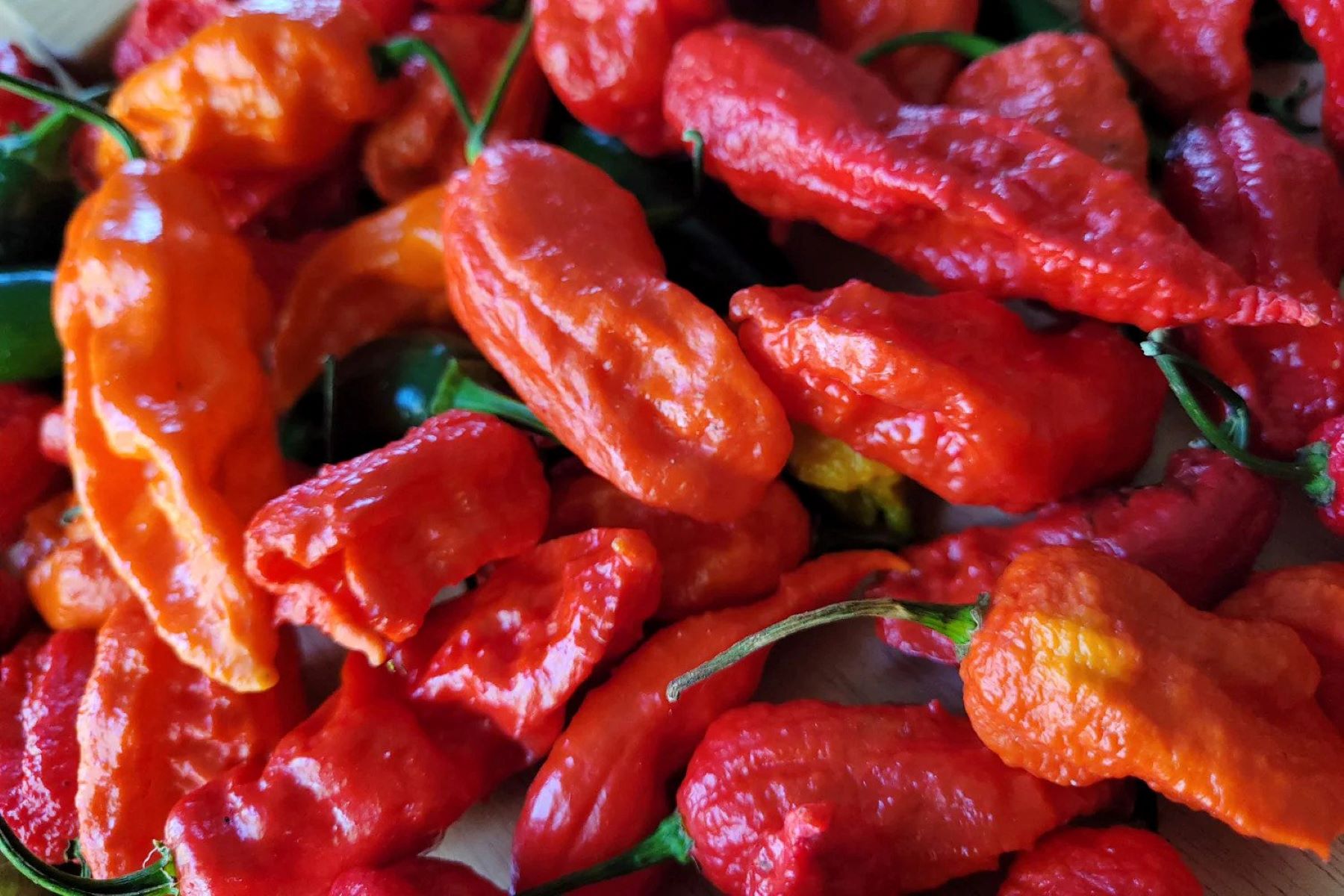

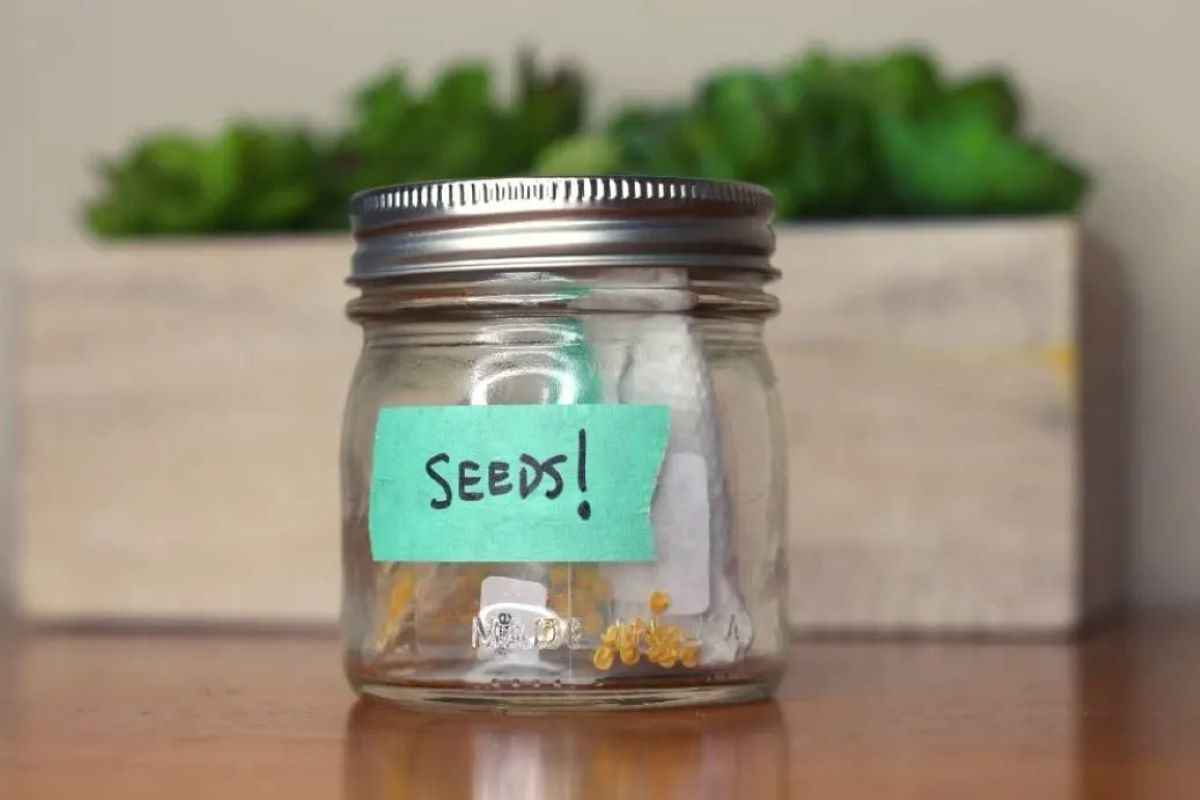
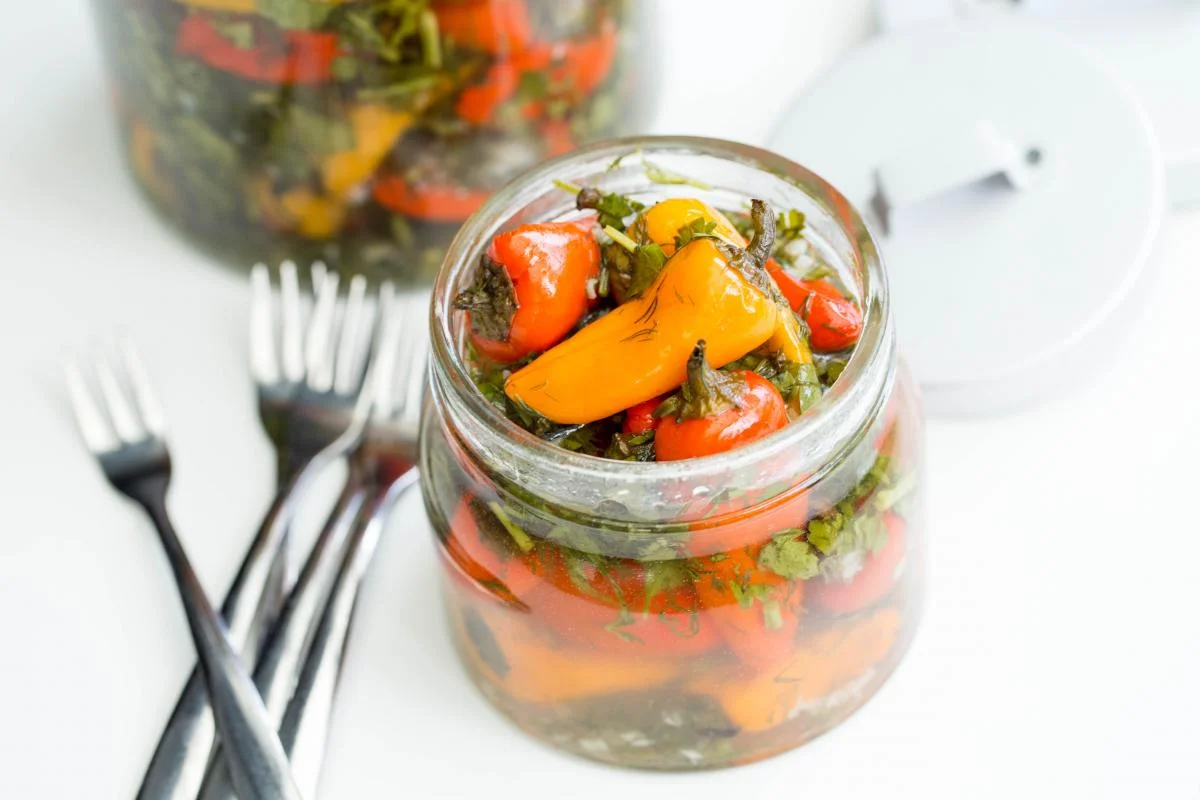
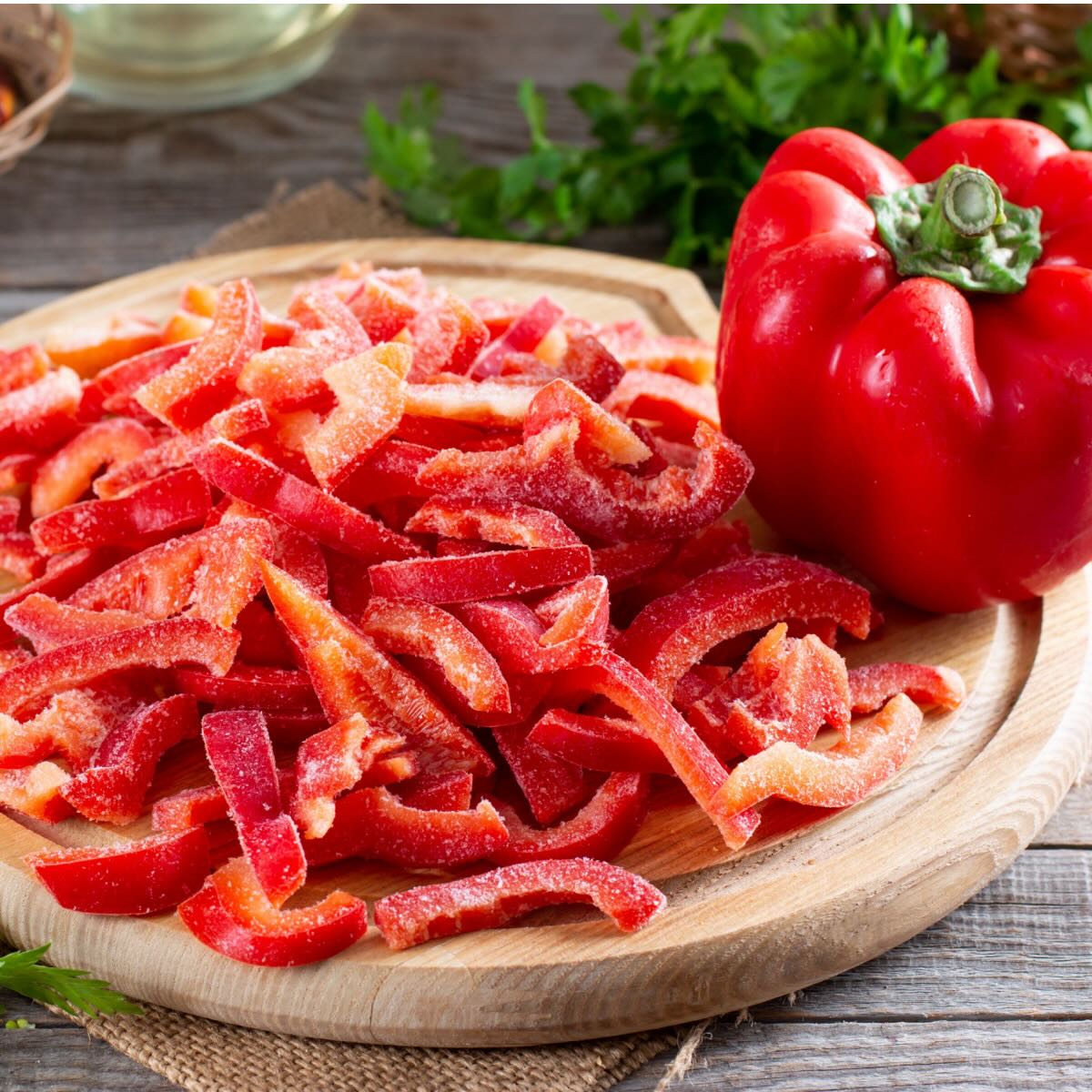
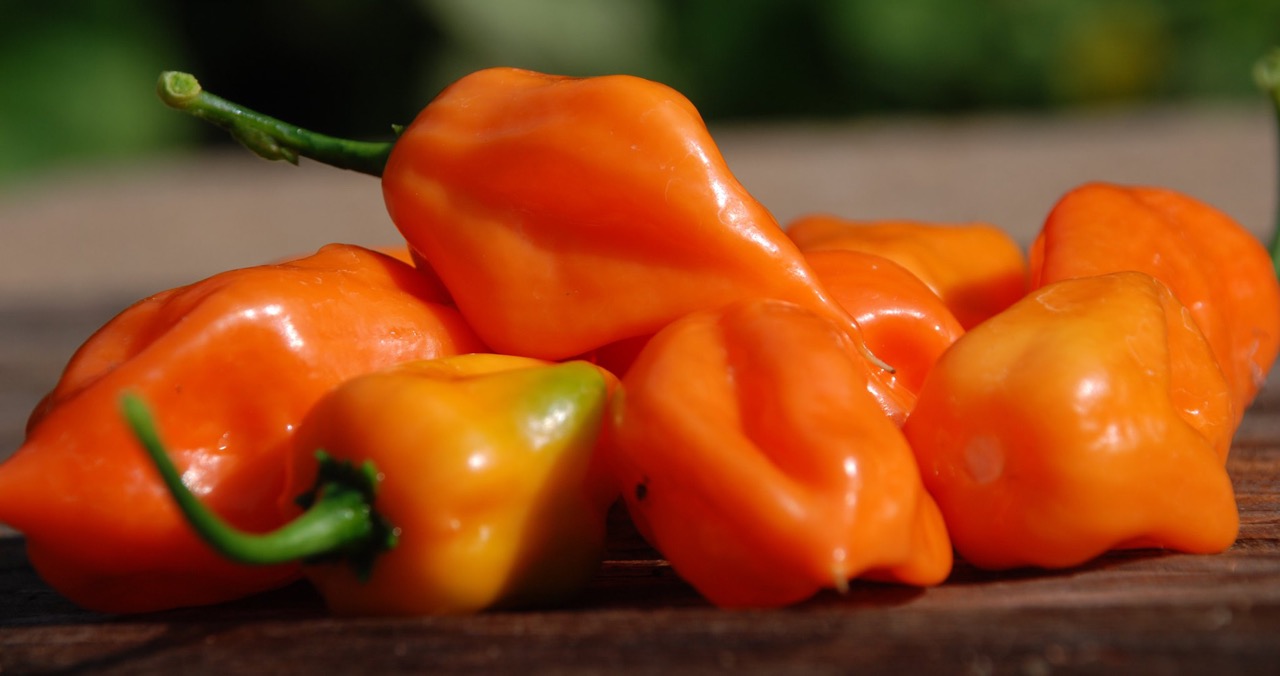
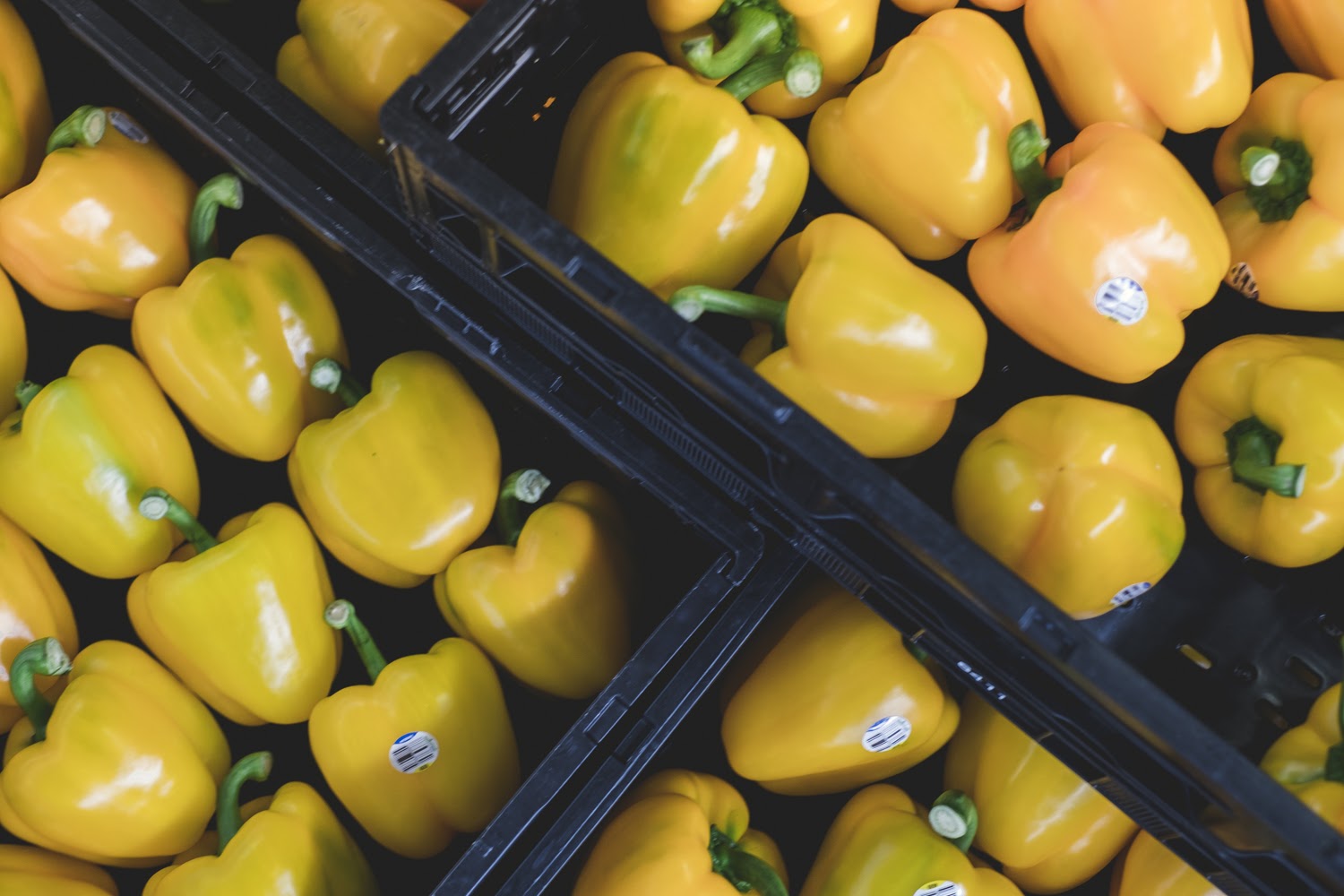
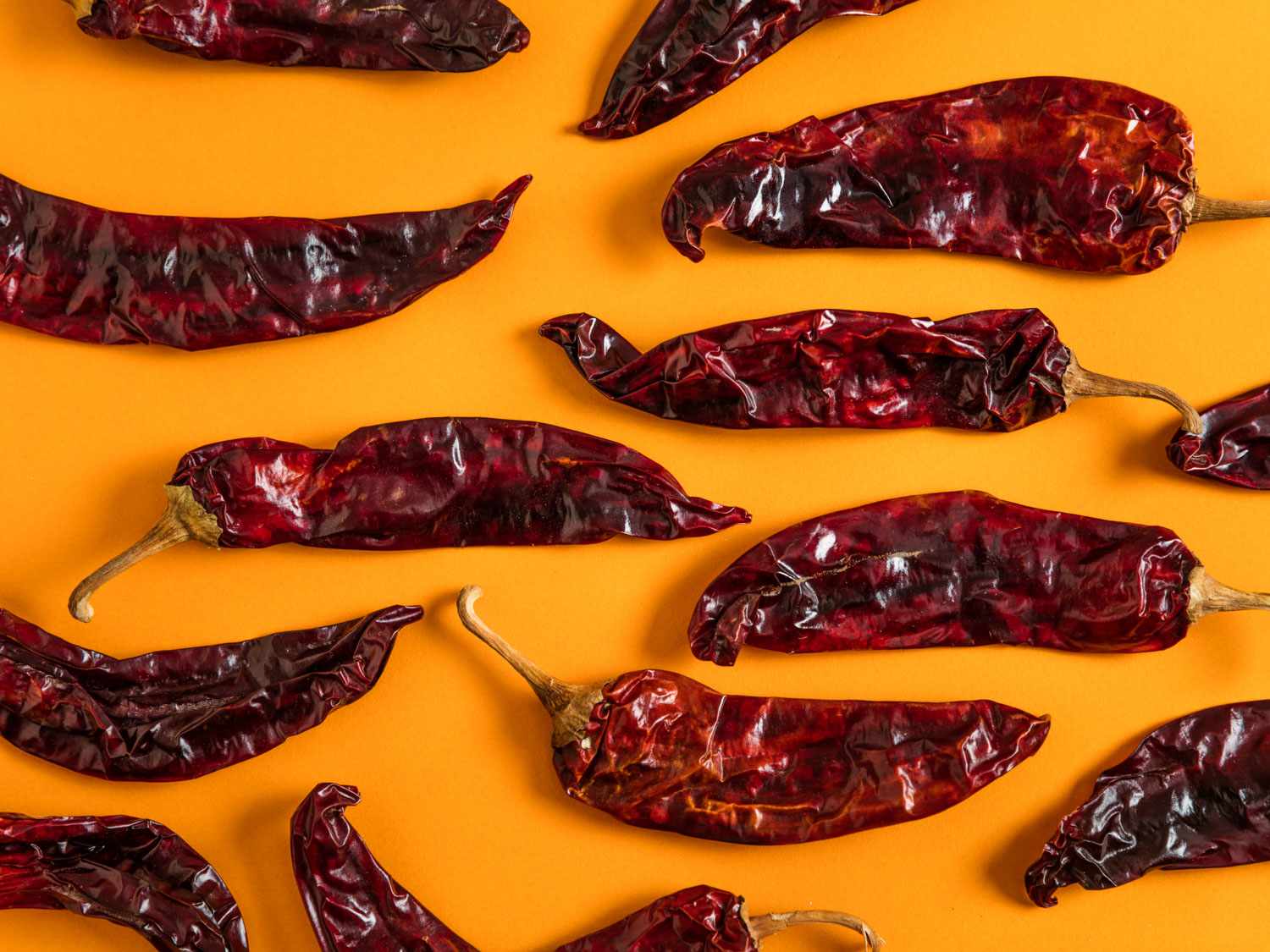
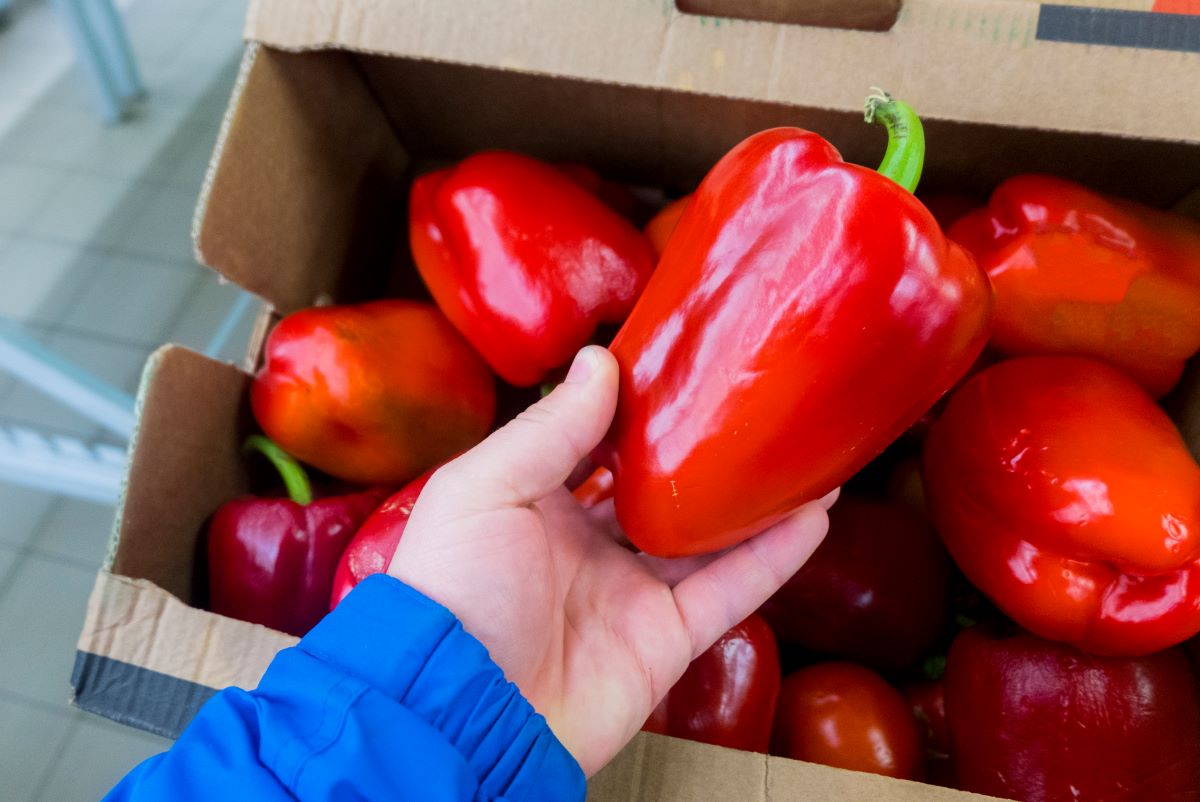
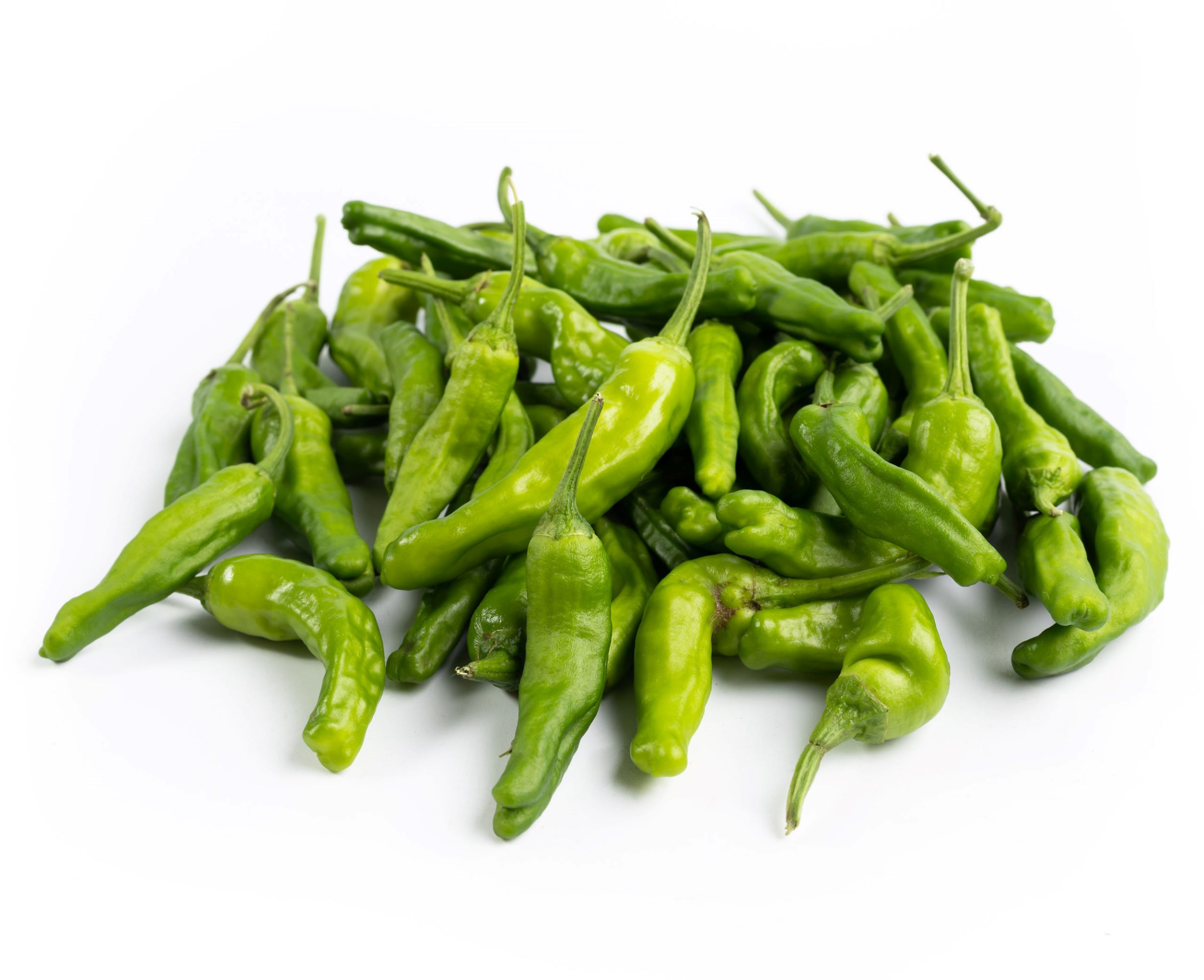
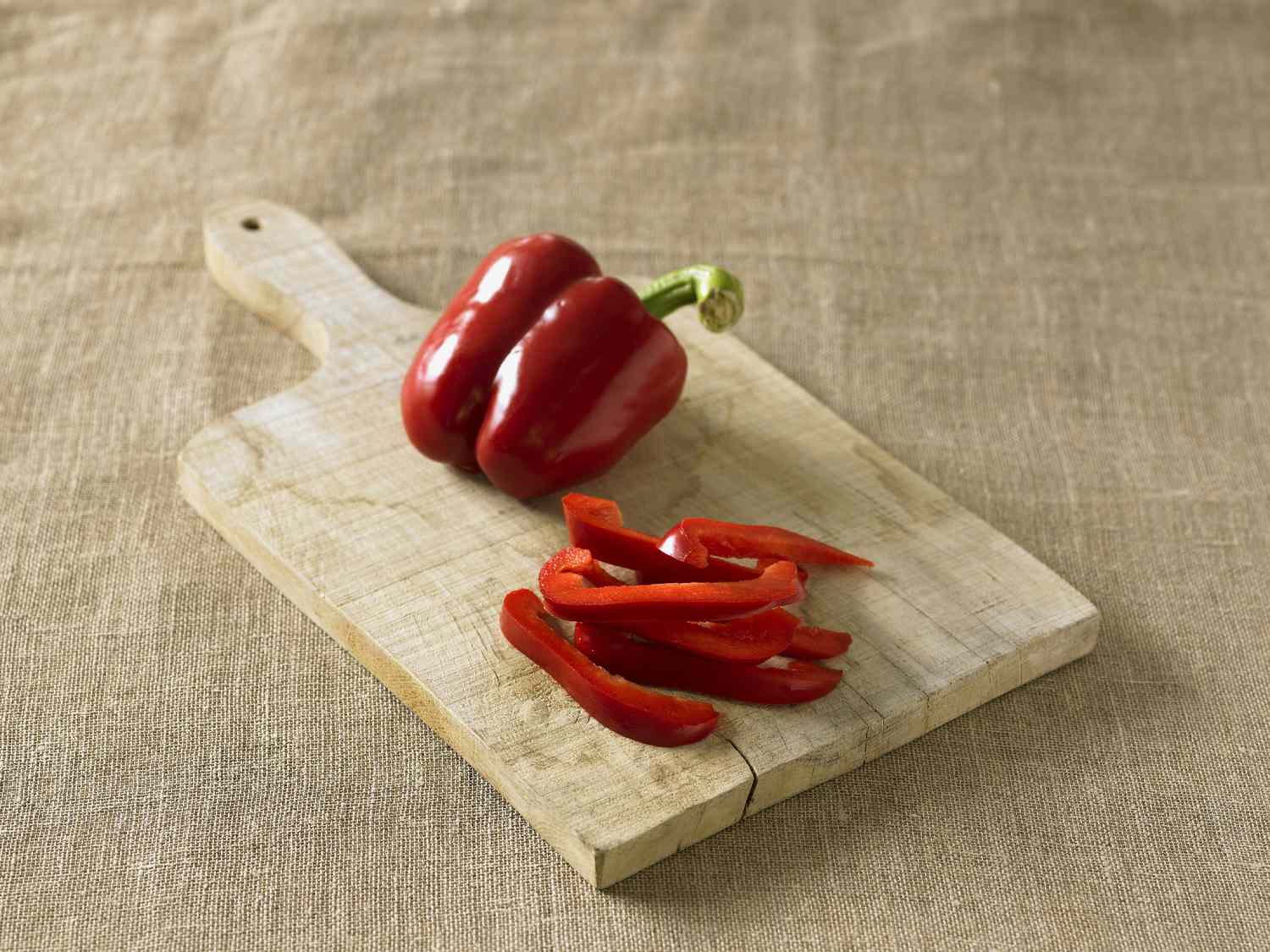
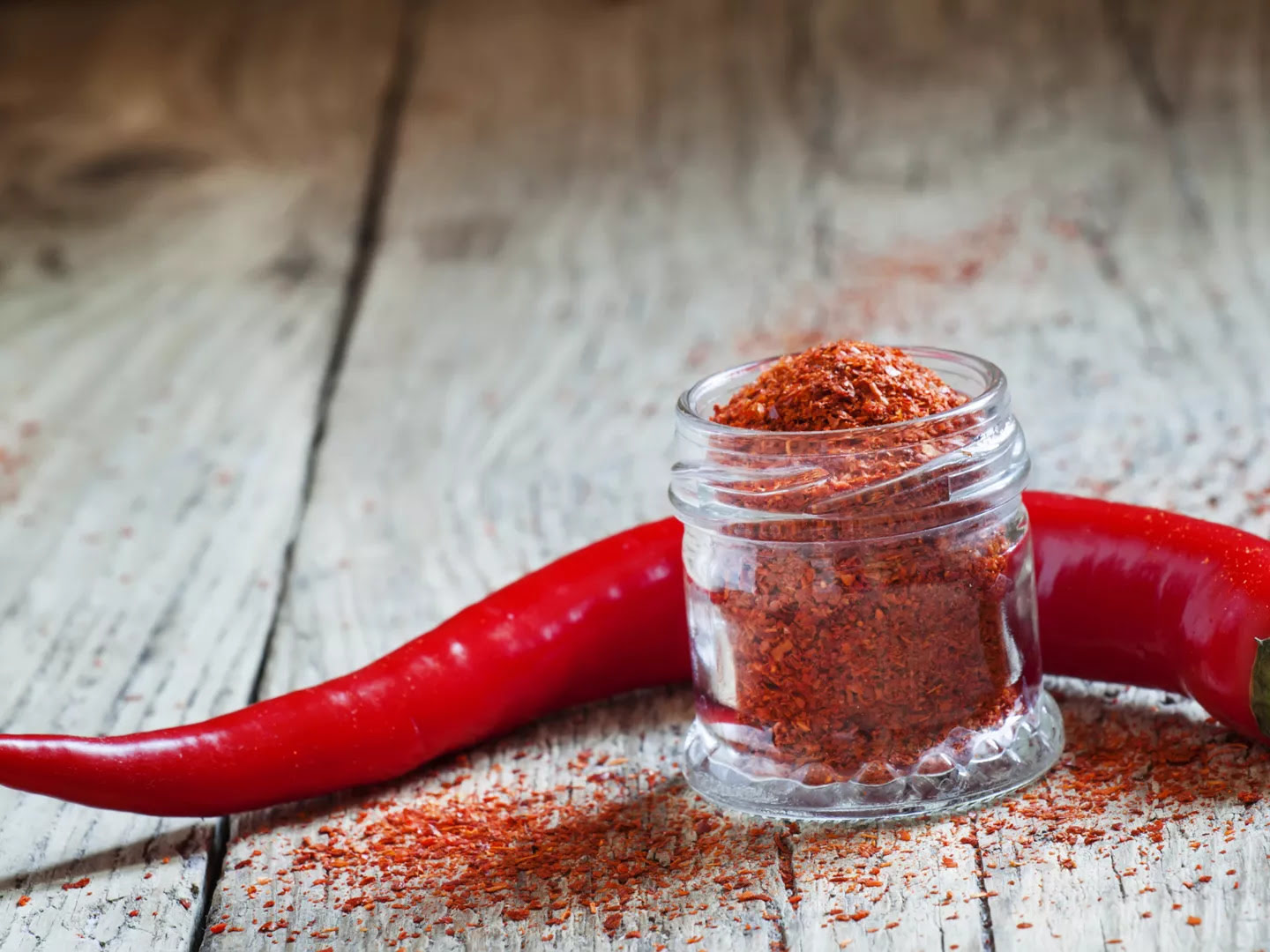
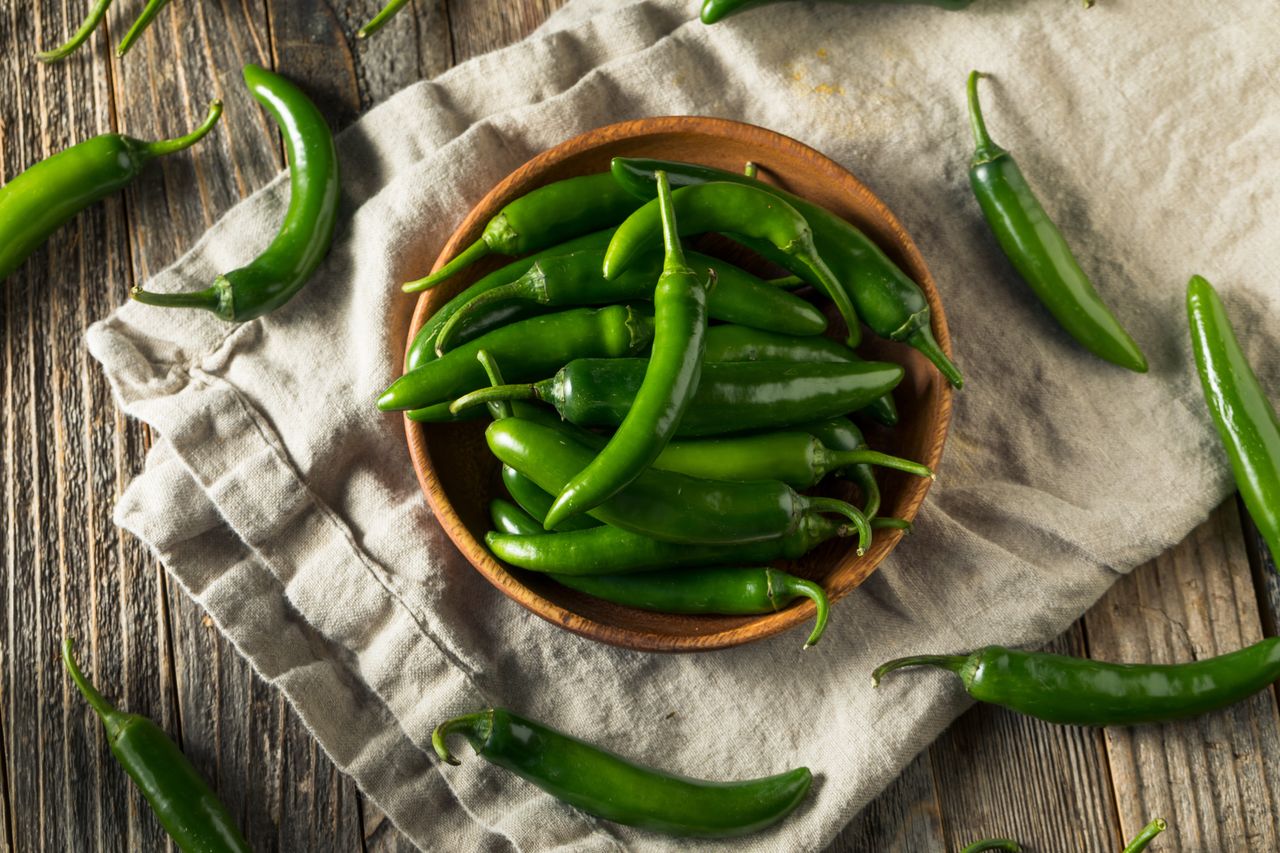

0 thoughts on “How To Store Hot Peppers”